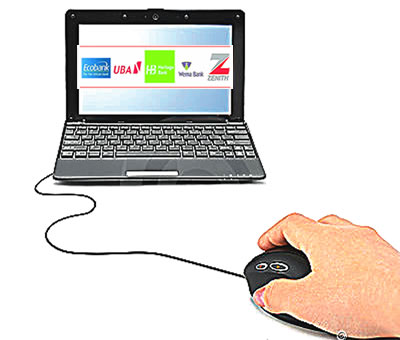According to the report, with more than 690 million registered accounts in over 90 countries, mobile money has evolved into the leading payment platform for the digital economy in many emerging markets.
The GSMA on Friday unveiled its seventh annual ‘State of the Industry Report on Mobile Money’, offering a current snapshot of the mobile money landscape and highlighting the impact that greater financial inclusion has on lives, economies and innovation. The report provides the only comprehensive picture of mobile money around the globe.
“As the Sustainable Development Goals (SDGs) enter their third year, mobile technology is proving to be an essential tool for delivering these global goals with increased connectivity and innovative services enabling more inclusive communities,” said Mats Granryd, Director General, GSMA. “Mobile money remains a central part of this story, contributing to 13 of the 17 SDGs, enabling access to essential services like health and education, empowering women with employment opportunities and reducing poverty by offering life-enhancing financial services, often for the first time.
“The report shows a number of new trends in mobile money in 2017, including the accelerated growth of bank-to-wallet interoperability, the growing adoption of smartphones, the proliferation of fintech companies, the digitisation of new sectors of the economy, and renewed efforts by companies and governments to reach the most vulnerable and underserved. “Sub-Saharan Africa has long been the epicentre of mobile money and growth in this region shows no sign of slowing, but as the industry has matured, mobile money has also gained traction in other parts of the world.
“In 2017, for the first time, growth of the industry was led by regions other than Africa. With 47 per cent year-on-year growth, South Asia was the fastest-growing region in terms of registered accounts and now represents 34 per cent of registered accounts globally,” the report read in part.
The research further shows: Strong growth in customer registrations in 2017 led to the addition of over 136 million new registered accounts, bringing the global total to 690 million mobile money accounts, a 25 per cent increase from 2016;
- A growing number of mobile money services are seeing the proportion of their customer base regularly using their service increase to over 50 per cent, especially where providers have a strong distribution network, enabling regulation and rely more on an account-based business model;
- More funds are entering and leaving the mobile money ecosystem in digital form; bulk disbursements, bill payments and bank-to-wallet transactions have been the main drivers. In 2017, nearly 25 per cent of incoming funds were digital, compared to nearly 12 per cent in 2012; and many successful providers are decreasing the net cost of the agent network – the cost of managing an agent network can account for more than half of total revenues, so this trend can significantly affect investment incentives.
- Granryd added, “In an increasingly turbulent world, mobile money is also providing a lifeline, with digital humanitarian cash transfers and affordable international remittances giving refugees safe and convenient ways to meet pressing needs. We are also continuing to focus on narrowing the gender gap in access to financial services through programmes such as the Connected Women Commitment initiative.”
WATCH TOP VIDEOS FROM NIGERIAN TRIBUNE TV
- Relationship Hangout: Public vs Private Proposals – Which Truly Wins in Love?
- “No” Is a Complete Sentence: Why You Should Stop Feeling Guilty
- Relationship Hangout: Friendship Talk 2025 – How to Be a Good Friend & Big Questions on Friendship
- Police Overpower Armed Robbers in Ibadan After Fierce Struggle






